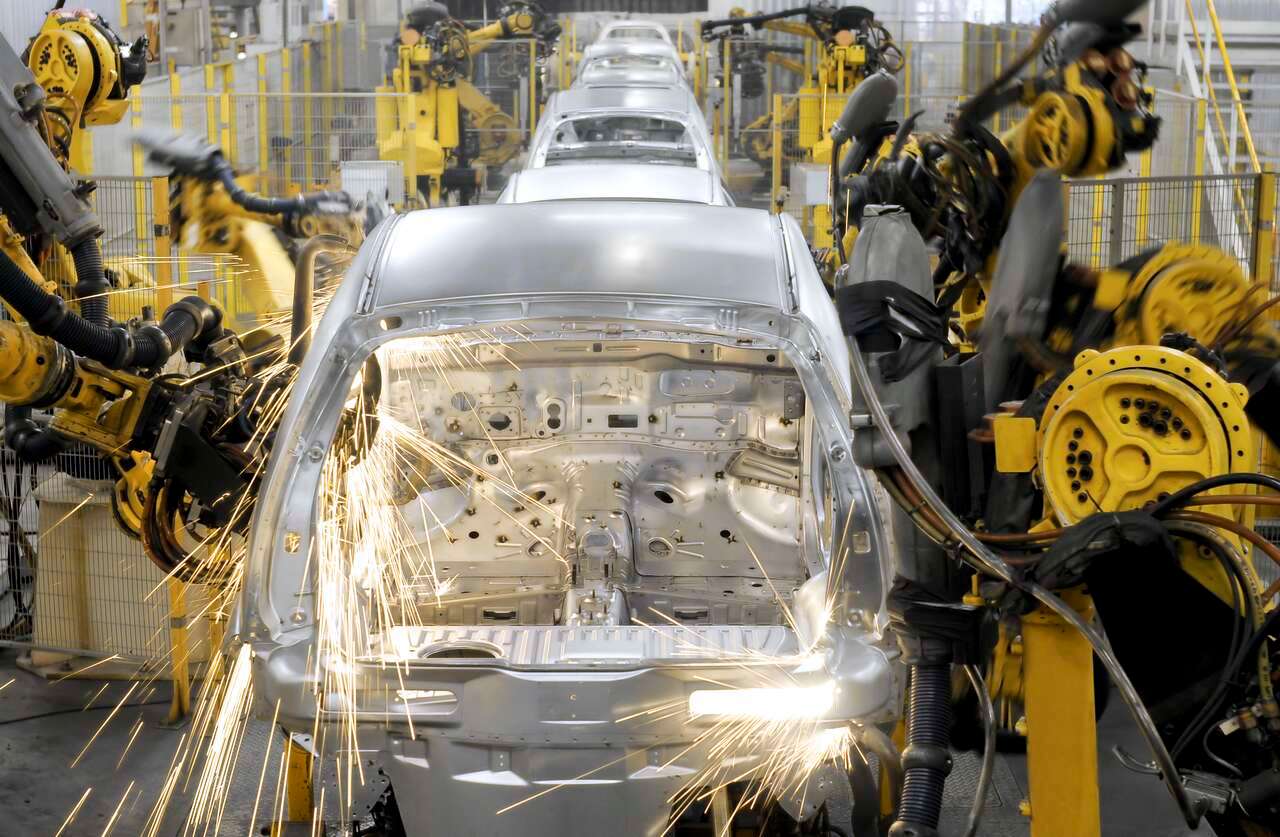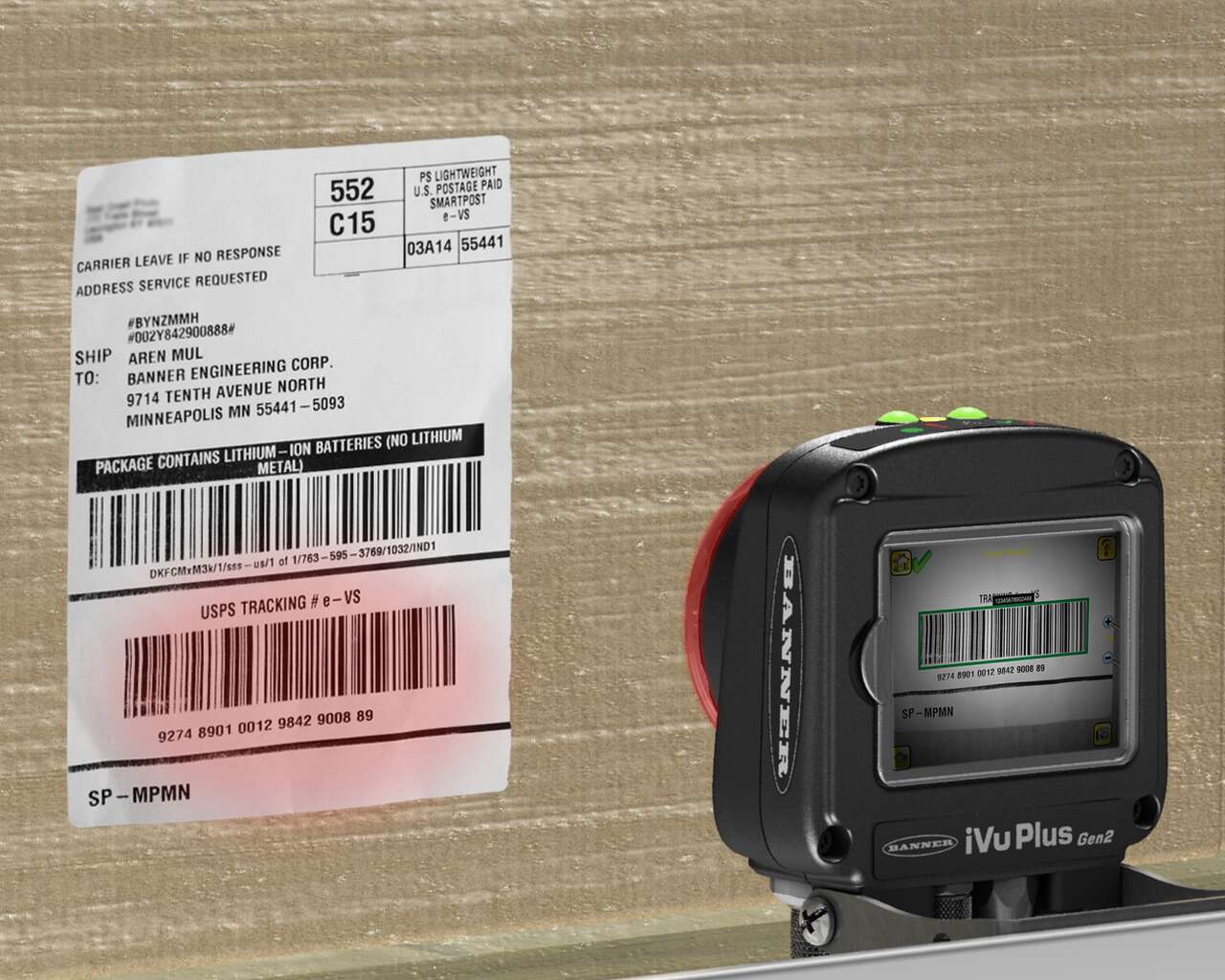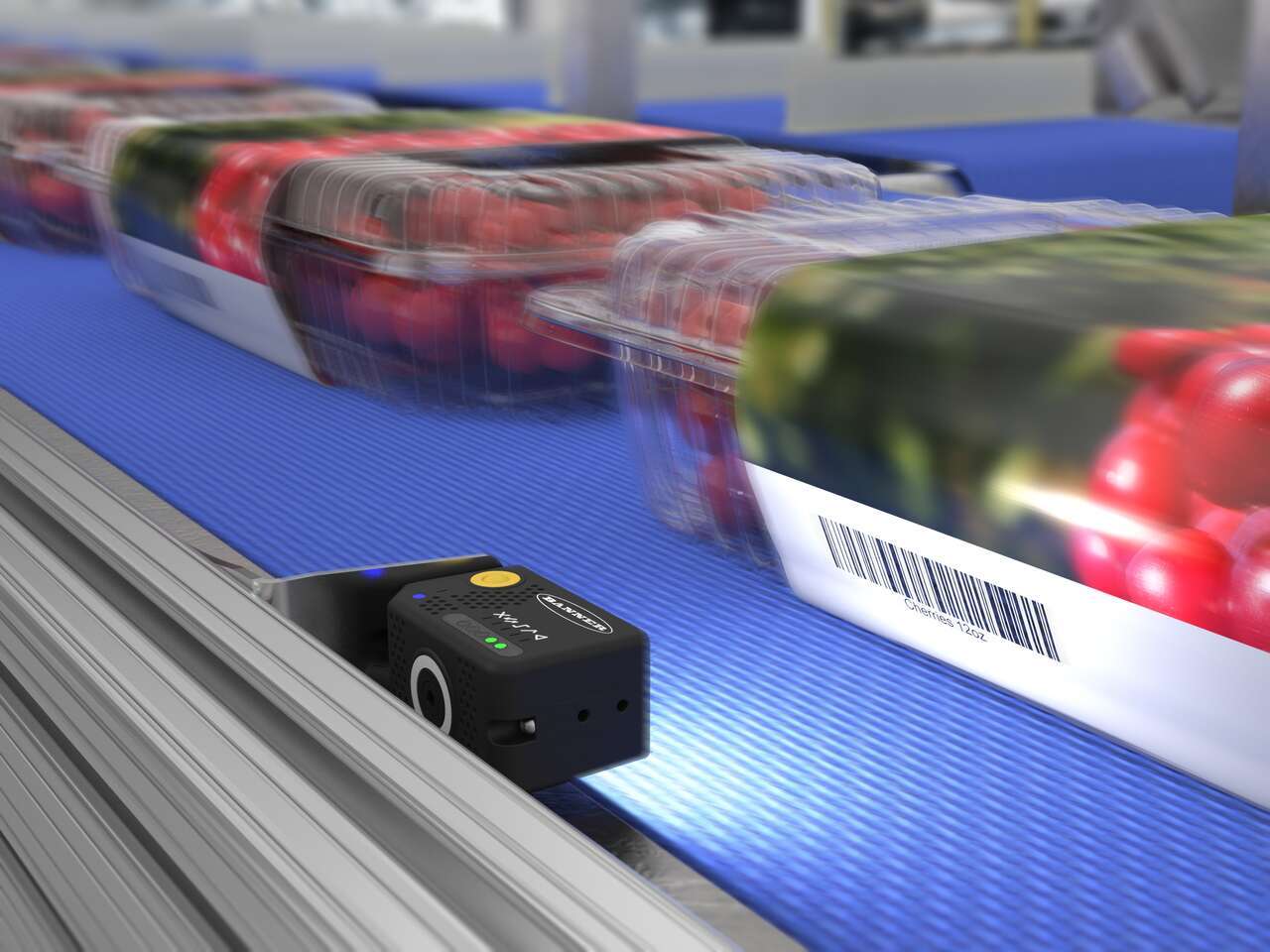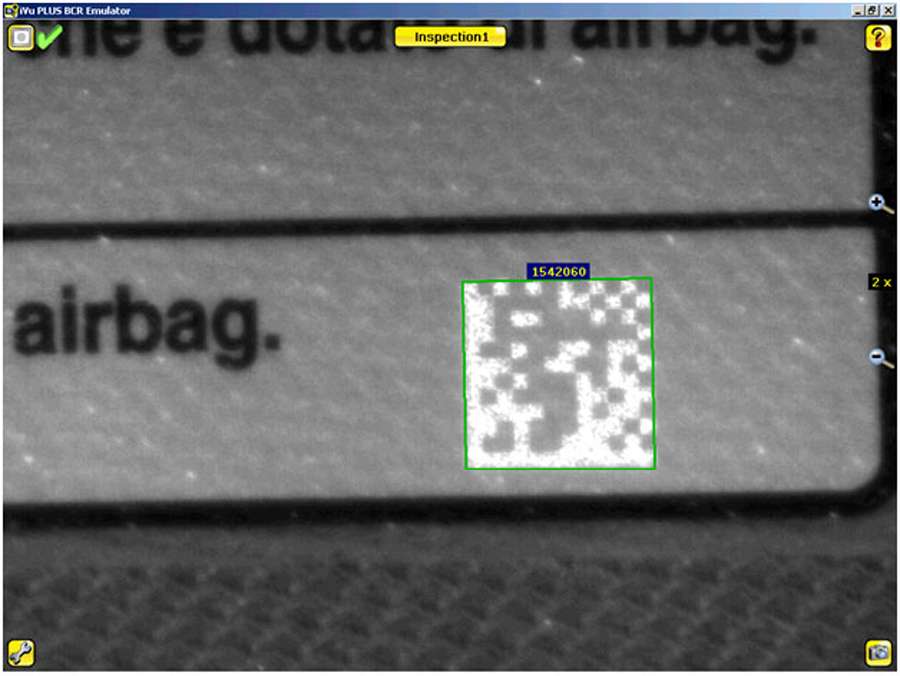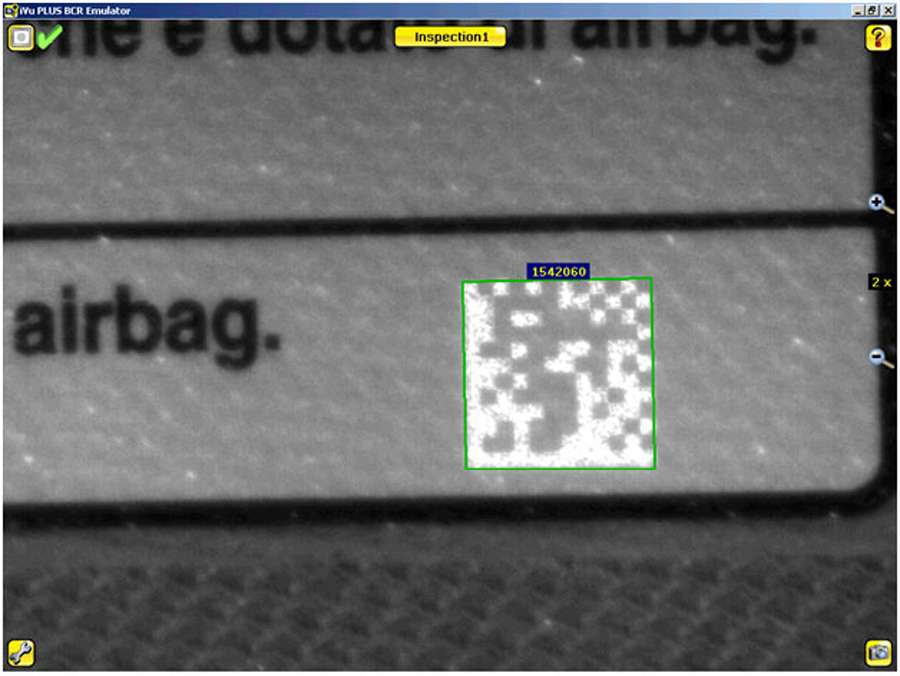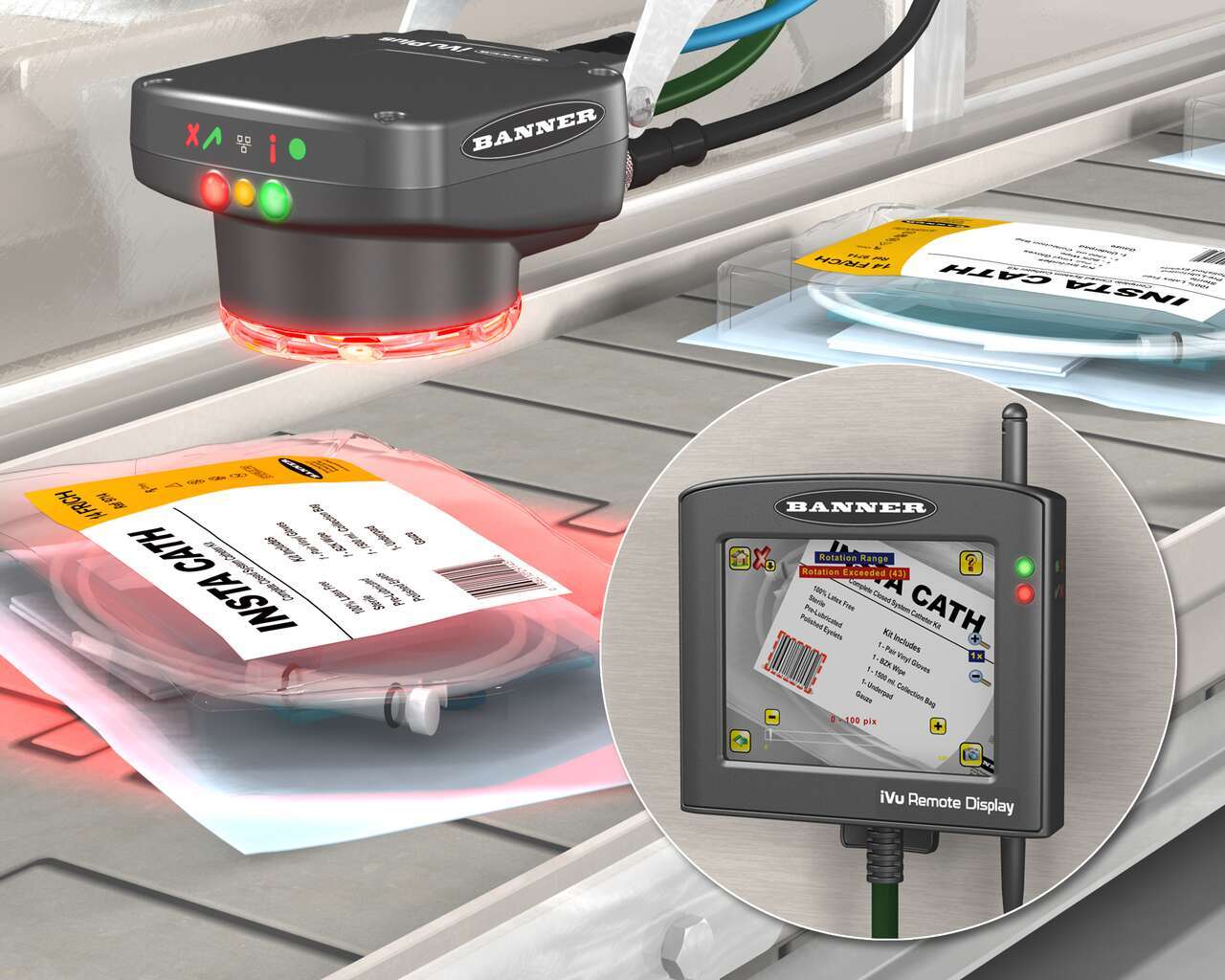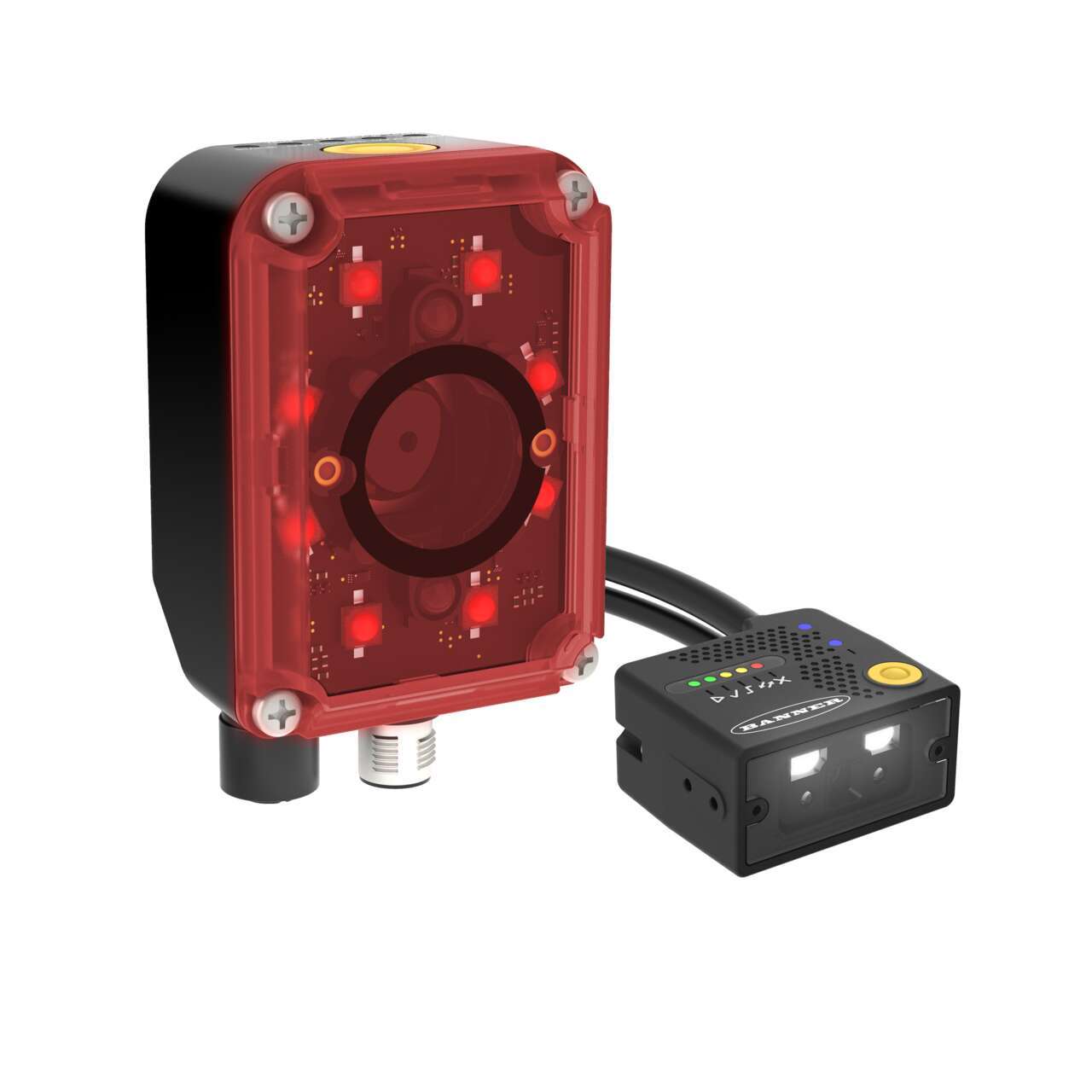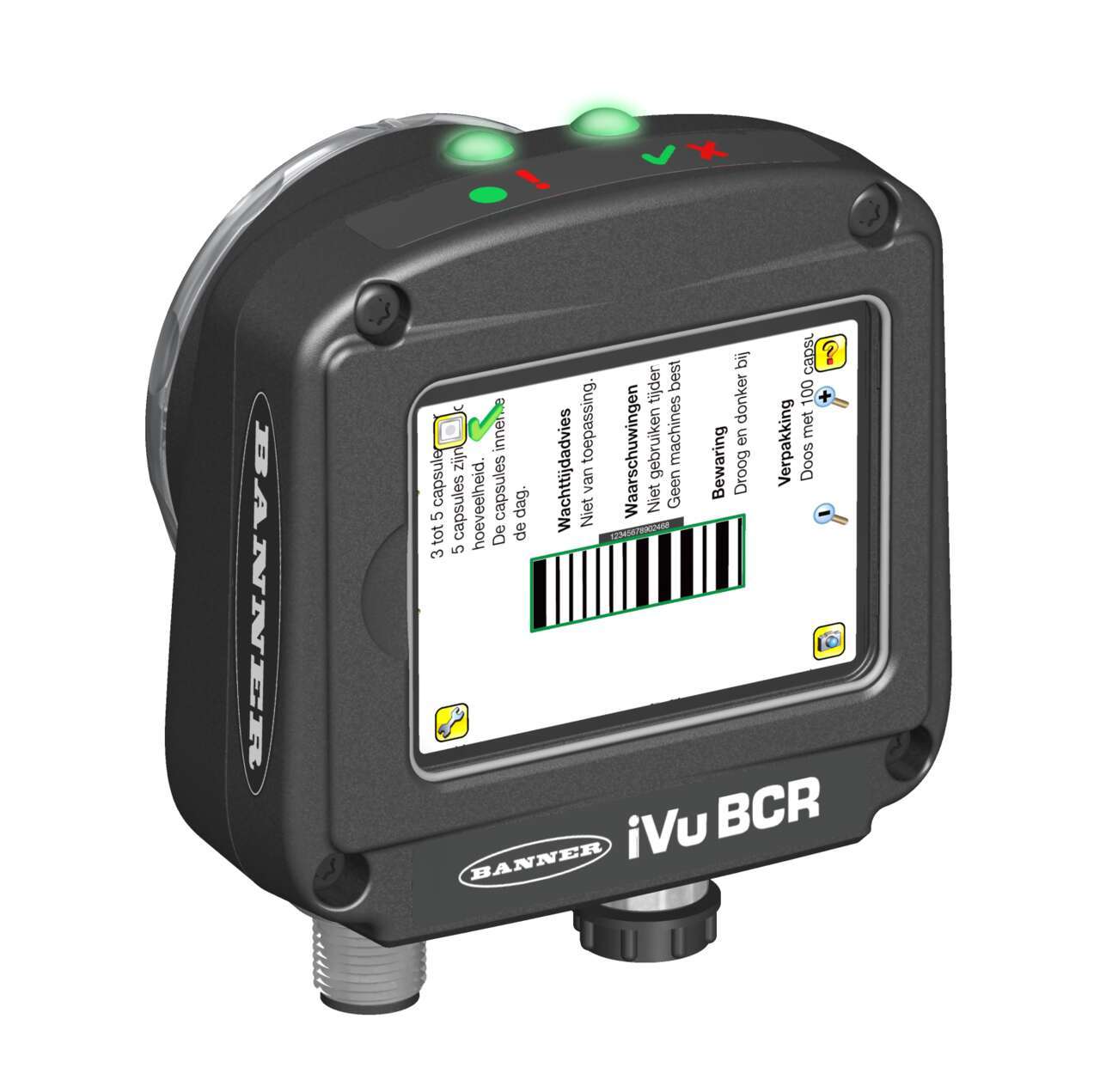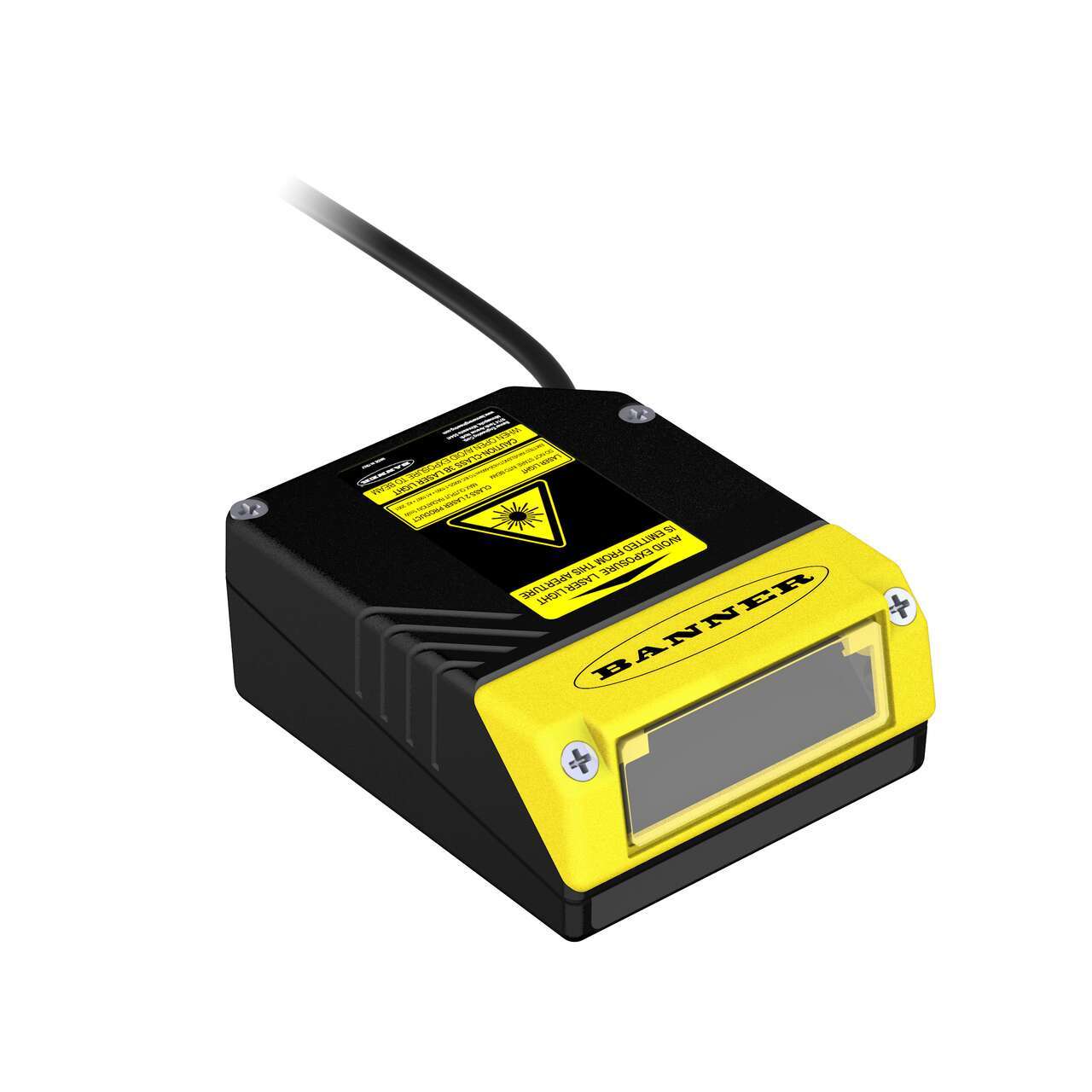Track and Trace for Product Recall
Mitigate Damages with Accurate, Timely Recalls
An important goal for any manufacturer is to avoid product recall. Recalls are costly, in terms of both actual costs of repair, replacement, or buy-backs as well as the cost of a tarnished brand reputation.
Implementing quality control solutions can help reduce the risk of product defects and safety hazards; however, even the most effective quality control does not eliminate all risk.
Recalls happen, and when they do, it is critical that manufacturers are prepared to respond quickly by identifying affected products and issuing a timely recall to mitigate damages.
When recalls occur, a manufacturer's response can make or break its reputation, and by extension, impact customer loyalty and future profits.
Manufacturers must act quickly and recall all affected products that have already been purchased. In some cases, manufacturers must be able to quickly pull affected inventory from their own shelves, distribution centers, and retail establishments. In other instances, like in many automotive recalls, consumers may need their purchases repaired in a timely manner. Furthermore, to prevent unnecessary costs, manufacturers must avoid inadvertently recalling unaffected products.
Track and trace solutions help manufacturers execute recalls quickly and accurately, so that affected products can be repaired or removed from the market, and the issue can be resolved quickly.
These solutions depend on reliable identification of individual products throughout the supply chain—most commonly by scanning barcodes at every stage from production to purchase. Track and trace solutions are only as reliable as the devices that scan the codes, so selecting the appropriate identification technology is critical.
Track and Trace for Food Safety
- In food packaging, barcodes are embedded with information specific to each product and production run in order to identify products throughout the supply chain.
- As part of a track and trace program, a packing house verifies product barcodes at multiple points during packaging, creating a record that will allow the company to quickly identify and isolate any product with quality issues in the event of a recall.
- Imager-based barcode readers, like the ABR 3000 from Banner, are capable of decoding the widest range of 1D and 2D barcodes. Deployed along the packaging line, the ABR 3000 verifies that the barcode printed on each package is present, readable, and correct for each production run.
- The information contained in the barcodes is sent via an Ethernet connection to the company’s production management system which records the data for future referrence.
Track and Trace for Automotive Components
- Many automotive suppliers are incorporating Ultra Violet (UV) barcodes for component traceability and quality control.
- The technology uses UV-based ink that is only visible to the human eye when illuminated with a UV light source. Suppliers can store key informationin a small code printed directly on the component, without affecting design or aesthetics.
- In the event of a recall, codes can be scanned to verify that components were installed and tested in compliance with standards.
- In this application, an iVu BCR barcode reader with a C-mount lens, UV spotlight, and Ethernet capabilities can be used to read invisible 2D Data Matrix codes and send data via EtherNet/IP to a PLC for error proofing and traceability.
Track and Trace for Pharmaceutical Packaging
- Traceability is only effective for facilitating recalls if the correct codes are attached to the correct products. Therefore, validating codes prior to shipment is critical.
- In the pharmaceutical industry, medical supplies are often individually packaged in sealed pouches.
- Before product can be shipped, the barcodes must be validated to ensure that the correct barcode is affixed to the correct product for accurate traceability.
- An imager-based barcode reader validates each barcode and sends data via Ethernet IP to a PLC for future reference in case of recalls.
Imager-Based 1D and 2D Barcode Reader
Die Barcodeleser der Bauform ABR bieten überragende Dekodierfähigkeiten für die Bewältigung selbst schwierigster Track&Trace-Anwendungen. Sie sind in zwei kompakten Formfaktoren, mehreren Beleuchtungskonfigurationen, einer Reihe von Auflösungen und zahlreichen Linsenoptionen erhältlich.
- Liest eine vollständige Bibliothek von 1D- und 2D-Barcodes
- Zwei kompakte Formfaktoren mit Schutzart bis zu IP67 für den Einsatz in industriellen Umgebungen
- Auflösungen bis zu 2 MP und mehrere Beleuchtungskonfigurationen und Linsenbrennweiten, einschließlich Autofokus, passend für jede Anwendung
- Modelle für schwierige Anwendungen, einschließlich DPM-Codelesung und mit polarisierten Fenstern
- Lässt sich in Minutenschnelle über die integrierten Drucktaster oder einen PC mit der Barcode Manager-Vollversion konfigurieren
- Vielseitige Linsenoptionen, einschließlich des per Software einstellbaren Autofokus, vereinfachen die Einrichtung und Konfiguration
- Die Konfigurationsmöglichkeiten über Industrial Ethernet, seriell und USB vereinfachen die Geräteintegration und ermöglichen die IIoT-Datenerfassung
- Webschnittstelle für die externe Überwachung, Konfiguration und Überprüfung von Statistiken in jedem Netzwerk
Imager-Based 1D and 2D Barcode Reader
Die Barcodeleser der iVu BCR-Serie verbinden leistungsstarke Dekodierfunktionen mit einfacher Bedienung, um schwierige Rückverfolgbarkeitsanwendungen zu bewältigen. Diese vielseitigen Barcodeleser sind mit einer Reihe von Linsen-, Beleuchtungs- und Benutzeroberflächenoptionen erhältlich.
- Liest eine breite Palette von 1D- und 2D-Barcodes, einschließlich beschädigter, verzerrter und anderer schwer lesbarer Codes
- Kann mehrere Barcodes in beliebiger Ausrichtung in einer einzigen Inspektion lesen
- Einrichten, Verwalten und Überwachen von Inspektionen über einen integrierten Touchscreen, einen entfernten Touchscreen oder eine PC-Schnittstelle
- Ethernet und serielle Kommunikationsprotokolle vereinfachen die Geräteintegration und ermöglichen die IIoT-Datenerfassung
- Robustes, IP67-zertifiziertes Gehäuse, ideal für enge Räume und industrielle Umgebungen
- Zahlreiche integrierte Beleuchtungsoptionen vereinfachen die Installation und optimieren den Kontrast
- Austauschbare Linsen, einschließlich einer großen Auswahl an Standard- und C-Mount-Optionen, um die Anforderungen jeder Anwendung zu erfüllen
TCNM Series
Laser-Based 1D Barcode Scanner
Der TCNM Laserscanner erfasst über ein Dutzend von geläufigen linearen Barcodesymbolen, mit einer weiten Feldtiefe und hoher Auslösung.
- Liest über ein Dutzend von geläufigen linearen Barcodesymbolen
- Erfasst 500 bis 1.000 Scans pro Sekunde
- Konfiguration und Diagnose mit SMART-TEACH Drucktaster und LED-Anzeigen
- Algorithmus kombiniert mehrere Scans zur Rekonstruktion beschädigter Codeinformation
- GeniusPlus Software und Intra-Sensorkommunikationsprotokol eliminiert die Verwendung von einem externen Multiplexer in Multi-Sensor Setup
- Robustes IP65-Gehäuse
